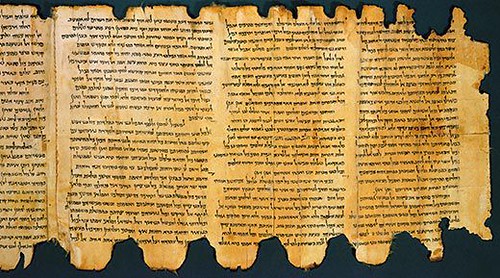Iraq invades Iran, sparking the nearly eight year Iran–Iraq War.
The Iran-Iraq War, also known as the First Persian Gulf War, was a protracted conflict that lasted from September 22, 1980, to August 20, 1988. It was fought between the Islamic Republic of Iran, led by Ayatollah Ruhollah Khomeini, and the Republic of Iraq, under the leadership of President Saddam Hussein. The war remains one of the longest and deadliest conflicts of the 20th century.
Causes: The war had deep-rooted causes, including border disputes, territorial claims, and a long history of tension between the two nations. Additionally, ideological and political differences played a significant role. Iran had recently undergone an Islamic revolution in 1979, which led to the overthrow of the monarchy and the establishment of an Islamic Republic. This change in Iran’s government and the revolutionary zeal of its leadership threatened Iraq’s Ba’athist regime.
Outbreak: The war began on September 22, 1980, when Iraq, led by Saddam Hussein, launched a surprise invasion of Iran. Iraq claimed that it was defending itself against Iranian aggression, but many believe that Saddam Hussein saw an opportunity to exploit Iran’s post-revolutionary turmoil and gain control of the oil-rich border region of Khuzestan.
Course of the War: The war was characterized by trench warfare, chemical weapons use, and extensive human and material losses on both sides. Neither Iran nor Iraq was able to achieve a decisive victory. Frontlines shifted back and forth, and the conflict settled into a brutal and prolonged stalemate.
International Involvement: Several countries supported either Iran or Iraq during the conflict. Iraq received substantial military and financial support from Arab states, including Saudi Arabia and Kuwait, as well as assistance from the United States, the Soviet Union, and Western European nations. Iran, on the other hand, faced international isolation and an arms embargo but received some support from Syria and Libya.
Human Cost: The Iran-Iraq War was exceptionally costly in terms of human life. Estimates of the death toll vary, but it is believed that hundreds of thousands of soldiers and civilians were killed, and many more were injured. The widespread use of chemical weapons, particularly by Iraq, added to the suffering.
End of the War: The war finally ended in August 1988 with a ceasefire brokered by the United Nations. Neither side achieved its initial objectives, and the war had left both nations severely weakened and economically drained.
Legacy: The Iran-Iraq War had profound and lasting consequences for both countries. It left deep scars on their societies and economies. It also contributed to the rise of Iraq as a regional power and had a significant impact on the geopolitics of the Middle East. The war also further strained relations between Iran and the West.
Post-War Relations: After the war, relations between Iran and Iraq remained strained but relatively stable until the 2003 invasion of Iraq by the United States, which led to the overthrow of Saddam Hussein. Since then, Iran has sought to increase its influence in Iraq, leading to complex dynamics in the region.


